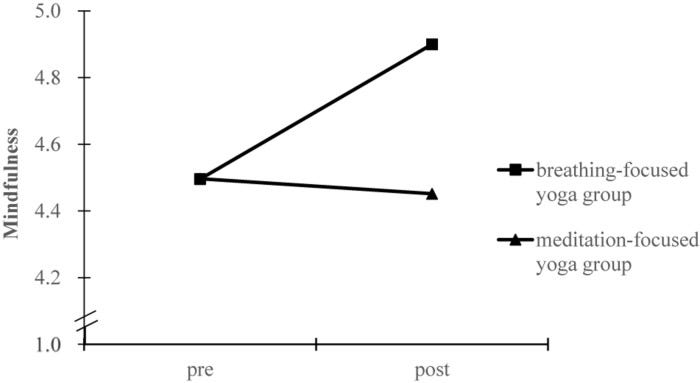The Breath Blueprint: Part 3 of 3
Amplifying Your Performance with Breath, Cold Exposure, and Yoga
Previously in this series, we identified some of the positive benefits of breathwork and how we can strategically adjust our breath throughout the day for our advantage.
In this post we’ll explore two deeper and more elongated ways to create a performance multiplier effect using breath.
Cold Exposure
Cold exposure involves purposefully immersing ourselves in cold temperatures for various health benefits, achieved through activities like cold showers or ice baths. It has gained attention due to its potential positive impact on physical and mental well-being.
Cold Exposure + Breathwork
Cold exposure coupled with breath control, popularized by Wim Hof, has become a burgeoning fad in recent years. This duo holds tremendous potential for leaders seeking to cultivate mindfulness and reduce stress amidst the demands of their roles.
At its core, the Wim Hof technique aims to elevate the oxygen levels within your body by employing specific breathing techniques. When combined with exposure to cold temperatures, this practice creates a powerful synergy and serves as a way to develop mindfulness and courage. Think of cold exposure as an upcoming executive presentation, a difficult conversation, or another confronting situation in your life. By controlling our breath, we can mindfully navigate these situations more effectively. Practicing breath control in ice baths and cold showers strengthens the muscles required to do the same in the boardroom, enhancing our courage and self-reliance.
Findings suggest that combining conscious breathing with cold exposure is associated with a statistically significant and exponential decrease in perceived stress.
"While all participants experienced a reduction in stress over time with both breathing and cold exposure individually, the combined practice of a dedicated breathing technique and cold exposure yielded the highest benefit. Thus, the combination of both appears to have an additional, positive effect."
This is a multiplier effect.
The beauty of this approach lies in the harmonious interplay between breath control and cold exposure. By harnessing the power of conscious breathing, we can enhance our mental clarity and focus, enabling us to navigate challenges with a calm and centered mindset. Cold exposure serves as a catalyst or sparring ground for strengthening our mindset.
Wim Hof breathing is characterized by a period of forced hyperventilation followed by a period of holding your breath. Here’s how you perform this technique:
Force yourself to take 30 quick deep breaths. Inhale through your nose, and exhale through your nose or mouth (whichever is more comfortable).
Make sure each breath fills your belly and chest, rapidly and in quick bursts.
After completing the 30 quick deep breaths, take a long sustained inhale, then let it out and stop breathing. Keep your lungs empty for as long as you can.
Finally, take one deep breath in and hold it in your lungs for at least 15 seconds. This completes one round of Wim Hof breathing. It’s recommended to do 3 rounds of Wim Hof breathing before cold exposure. You can now enter the cold.
While exposed to the cold, mindfully breathe in through your nose and out through your mouth with slow, long exhales. Notice your innate ability to conquer the cold calmly and confidently.
Yoga
A regular yoga practice can improve flexibility, strength, and balance. It can also help alleviate chronic pain, reduce inflammation, and improve cardiovascular health. But most prominently, yoga is known for its stress-reducing benefits. By combining mindful movement with focused breathing and meditation, it helps calm the mind, reduce anxiety, and promote mental clarity.
Yoga + Breathwork
Here are the effects on stress, mindfulness, and the desire to engage with work when comparing the two modalities:
Again, we see a multiplier effect. When breath is paired with another mindfulness activity, such as yoga, it creates an expansive impact related to reducing stress, increasing mindfulness, and maintaining work engagement.
You can practice different breathing techniques and patterns when doing yoga, such as inhaling deeply into the belly, holding the breath at certain points of the breathing cycle, or breathing at varying rates. If you are interested in incorporating breathwork into your yoga practice and experiencing these exponential effects, I encourage you to sign up for a very affordably priced subscription with The Practice, an online yoga and mindfulness platform based in Bali, Indonesia.
Recap
Throughout this three-part series, I've shared with you the benefits of breathwork on our emotional, psychological, and physical health. We have identified some high-impact day-to-day tactics to consciously breathe in the workplace and at home, and we have scratched the surface of more elongated forms of breathwork and mindfulness that are proven to yield exponential results.
My hope is that these posts have inspired you to pay a little more attention to your breath and recognize its innate power. I encourage you to incorporate some of these practices into your life and experience the profound impact they can have on your well-being, your ability to show up as a leader, partner, and community member.
This reliable, effective tool is always with you. Go use it and become superhuman.
Blog cover image credit: Kerry Shaw





